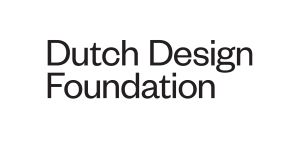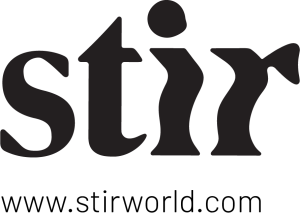The HEMA design dating jury, chaired by Tanja Soeters (Creative Director HEMA) and Eva Ronhaar (Head of Sustainability HEMA), announced the winners on 22 October: Aurore Brard and Mirjam de Bruijn. “Both the concepts could have a major influence on daily life. And that is what HEMA stands for: making daily life easier and more fun. Where Eet See Through by Aurore Brard can have a major impact on the daily lives of people with a visual impairment with just a small adaptation, Twenty van Mirjam de Bruijn makes daily sustainable behaviour attractive for everyone,” substantiated the jury. HEMA design dating is a collaboration between HEMA and Dutch Design Week that invites young designers to submit concepts for sustainable and social products. The winners’ ideas will be developed with the HEMA expert team, comprising specialists from the field of start-ups, social media and sustainability.
The winners, DAE graduates, made a start with this team and the other four finalists last Sunday. This took place on the Ketelhuisplein during Dutch Design Week, where daily life experts (the HEMA customer panel) joined the table too. The intention is to get the winning concepts shop-ready for the HEMA stores. In the end the jury chose the concepts by Aurore Brard and Mirjam de Bruijn.
Aurore Brard designed dishes and cutlery for people with a visual impairment. Through adding certain details to the cutlery, it is immediately clear if you are holding a fork, spoon or knife. Aurore reflects on the valuable initial meeting with the expert team. She received feedback about the possibility of extending the idea to other products that are connected with food, like a table cloth. She was also given the idea of incorporating education in the cutlery for children.
Mirjam de Bruijn came up with an alternative for the many household products that comprise up to 80% water. What if the water was removed from these products and only the active substances were sold in smaller packages? This could reduce their ecological footprint. Mirjam was also enthusiastic about the first meeting. She acquired new insights in the field of alternative business models; Twenty could be developed to become a service. In addition to ecological footprint, many other of the product’s advantages came to light. A compact care product is ideal for young explorers. She is going to bear this particular target group in mind during her coaching sessions. Who knows, in a year we might be able to go on our travels with a mini-toilet bag.
What do the designers win? Aurore and Mirjam will receive 30 hours of coaching over the next two months. In addition, they will be offered the possibility of investing 10,000 euro in the project. HEMA will manage the budget, but the designers can indicate on what they would like to spend it. Both the designers retain the intellectual property of their designs.










